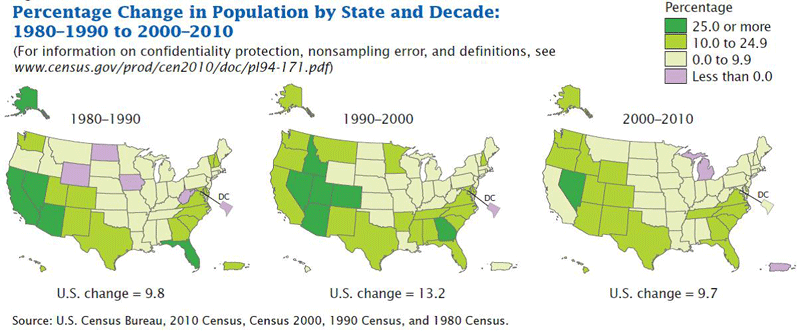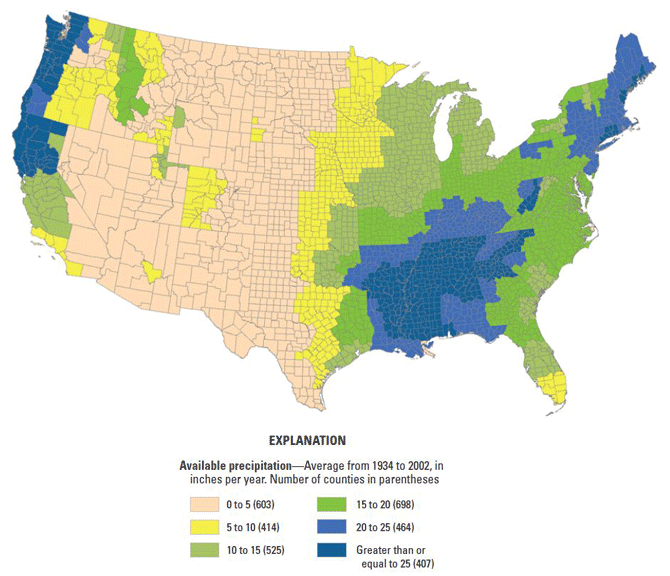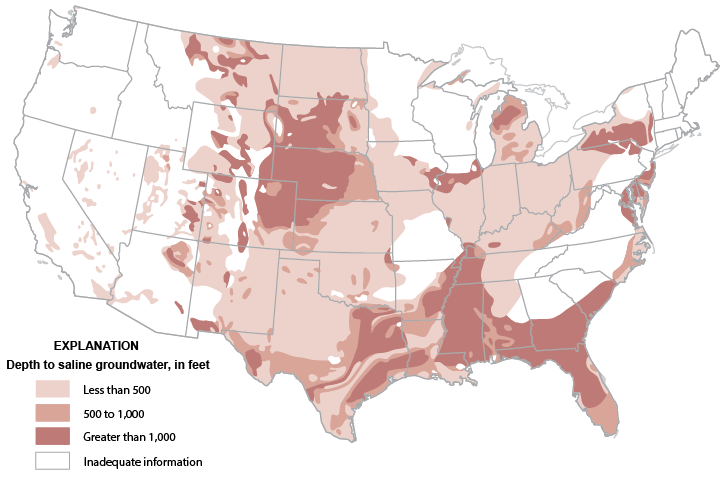Why Study Brackish Groundwater?
Sources of Dissolved Solids in Brackish Groundwater
How is Brackish Groundwater Being Used?


Why Study Brackish Groundwater?
There is growing recognition that brackish groundwater is a resource that could be further developed in many parts of the United States.
Alternative water sources are needed
In many parts of the country, groundwater withdrawals exceed recharge rates and have caused groundwater-level declines, reductions to the volume of groundwater in storage, lower streamflow and lake levels, or land subsidence. It is expected that the demand for groundwater will continue to increase because of population growth, especially in the arid West. Further, surface-water resources are fully appropriated in many parts of the country, creating additional groundwater demand. Development of brackish groundwater as an alternative water source can help address concerns about the future availability of water and contribute to the water security of the Nation.


Potential Untapped Future Water Resource
Brackish groundwater is potentially abundant. Early studies indicated that mineralized groundwater underlies most of the country. Further, advances in desalination technologies are making treatment and use of brackish groundwater for potable water supply more feasible.

Modified from Feth and others, 1965
Nationally consistent information about brackish groundwater is needed
Despite the need for alternative water sources and the potential availability of brackish groundwater, the most recent national map showing the distribution of mineralized groundwater was published in 1965. An updated evaluation is needed to take advantage of newer data that have been collected over the last 50 years. In addition, consistent information about chemical characteristics (such as major-ion concentrations) and hydrogeologic characteristics (such as aquifer material, depth, residence time, thickness, flow patterns, recharge rates, and hydraulic properties) of brackish groundwater has not been compiled at the national scale. Improved characterization is important for understanding and predicting occurrences in areas with few data and for assessing limitations imposed by different uses and (or) treatment options. This information is needed to understand the potential to expand development of the brackish groundwater resource and to provide a scientific basis for making policy decisions.
